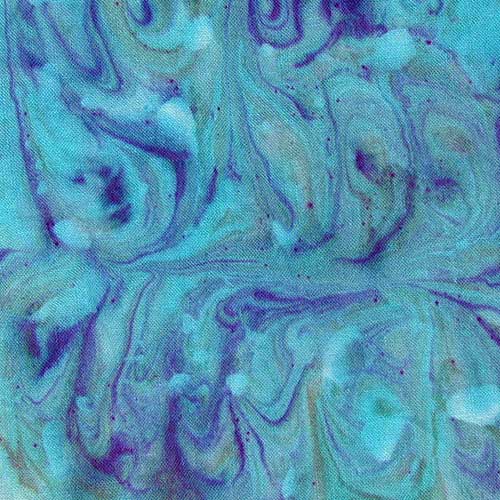
Experimental textile designer Jun-ichi Arai stands amid his metallic designs, which combine fine strands of aluminum and stainless steel with wool and polyester fibers.

Jun-ichi Arai isn’t a household name in the United States, but his work and reputation have made him a designer’s designer. For more than 40 years Arai has been rethinking what a fabric is: making three-dimensional scarves out of steel, reinterpreting ancient traditions like tie-dye, and developing flame-retardant fibers for theatrical and commercial drapery. His collaborations with Issey Miyake and Comme des Garçons in the 1970s and ’80s—when he became known for combining the new technologies of the West with the ancient Japanese art of obi fabric weaving—have had a huge influence on interior, fashion, and textile designers. “His primary legacy is this belief in experimentation, which is embodied in all of his work, whether it is destroying surfaces to create something that is much more beautiful than the original textile or using traditional methods with new materials,” says Matilda McQuaid, exhibitions curator and head of textiles at the Cooper-Hewitt, National Design Museum.
In an exclusive interview for Metropolis, senior editor Paul Makovsky and Mary Murphy, vice president of design at Maharam, spoke to Arai at Gallery Gen, a new venue for Asian contemporary and traditional art in New York, which mounted a mini-retrospective of the designer’s work earlier this year.
Bron: metropolismag






Geen opmerkingen:
Een reactie posten